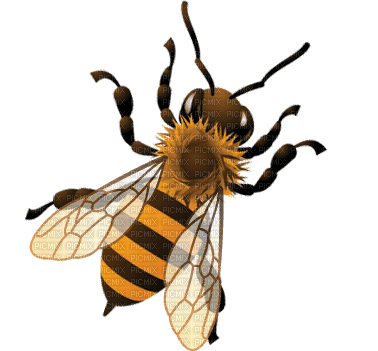Rewilding
Rewilding is the process of letting nature take the lead again — it’s about restoring natural ecosystems by giving space back to wild plants, animals, and natural processes.
In the context of gardening, rewilding means shifting away from a perfectly neat, heavily managed space and instead creating a more natural, diverse, and wildlife-friendly environment
Join us in taking part in No Mow May and put the mower away.
Letting your lawn grow may even for just one month can help to feed our bees and pollinators




WHY
Rewild
Your Garden?
-
Support Biodiversity
Rewilding brings back native plants, insects, birds, and animals that often disappear from over-manicured gardens.
-
Help Pollinators
Wildflowers, grasses, and hedges provide nectar, pollen, and nesting places for bees, butterflies, and other pollinators.
-
Create a Low-Maintenance Ecosystem
Once established, a rewilded garden often needs less watering, mowing, and fussing — nature starts managing itself.
-
Improve Soil & Air Quality
Diverse root systems improve soil health and trap carbon and pollutants better than lawns or concrete.
-
Resilience to Climate Change
Native plants are better adapted to local conditions and can handle drought or extreme weather more effectively.
HOW to
Rewild
Your Garden
Start by Letting Go!
-
Let a section of your lawn grow long. You’ll be surprised how quickly grasses and wildflowers return.
-
Add Native Wildflowers & Grasses
Scatter native wildflower seeds (especially perennial mixes) in spring or autumn. Look for bee-friendly and low-maintenance varieties.
-
Plant in Layers
Combine ground cover, flowers, shrubs, and trees to mimic natural ecosystems.
-
Avoid Chemicals
Skip pesticides and fertilizers — they harm soil life and pollinators. Compost instead.
-
Add Features for Wildlife
-
A small log pile for beetles and fungi
-
A shallow dish with water and stones for bees
-
A hedgerow or dense shrubs for birds and shelter
Stay a Little Messy
-
-
Leave seed heads, hollow stems, and leaves over winter — they provide food and habitat.
-
Create Corridors
If possible, connect your garden with others (even via fence gaps or green strips) to help wildlife travel safely.





